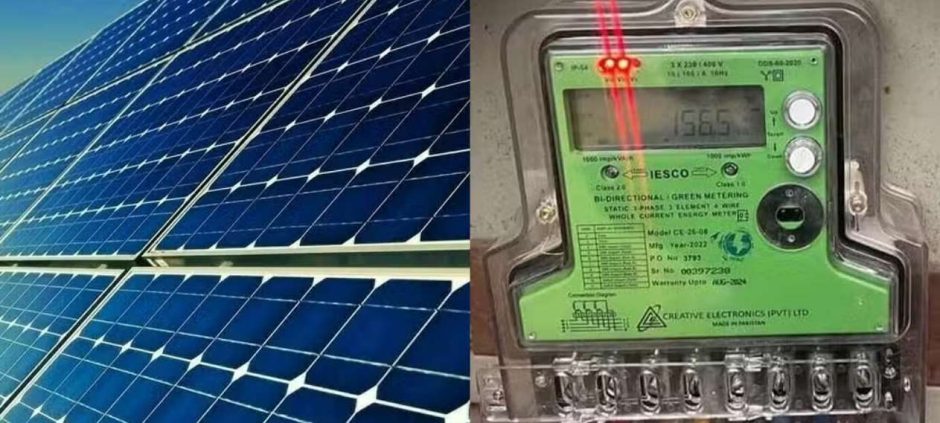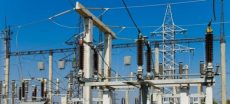The Government of Pakistan is planning a major change to the solar net metering policy that could directly affect thousands of solar users across the country. The proposed revision includes cutting the buyback rate from Rs. 22 per unit to around Rs. 11.30.
Officials say the current system has become financially unsustainable. As more solar users sell excess power back to the grid, power distribution companies face growing losses, which in turn increase electricity tariffs for regular consumers.
In FY2024, grid electricity sales dropped by 3.2 billion units, leading to a revenue loss of Rs. 101 billion for distribution companies. This loss forced a tariff increase of nearly Rs. 1 per unit for non-solar consumers.
Government projections show that the financial gap will widen in the next decade. By FY2034, lost sales could reach 18.8 billion units, costing up to Rs. 545 billion and adding Rs. 5 to Rs. 6 per unit for grid-connected customers.
A senior official revealed that Prime Minister Shehbaz Sharif has instructed the Power Division and NEPRA to reassess the buyback tariff. The review aims to ensure that both solar and non-solar consumers are treated fairly.
Authorities argue that many solar users treat the grid as a “free storage battery.” They export surplus electricity at high rates without paying fixed system costs, leaving other consumers to bear the burden of grid maintenance.
The Government also noted that new large-scale solar projects are being contracted at below Rs. 10 per unit. Officials believe aligning rooftop solar tariffs with these rates will ensure affordability and fairness.
Pakistan’s net-metered capacity now exceeds 6,000MW. However, in winter months, national power demand drops to 8,000–9,000MW, raising the risk of excess daytime generation and grid instability.
In other related news also read Sindh Govt Launches Crackdown on Fake Doctors
The Government insists that the policy revision is not meant to discourage renewable energy but to balance the interests of all electricity consumers while ensuring long-term grid stability.











